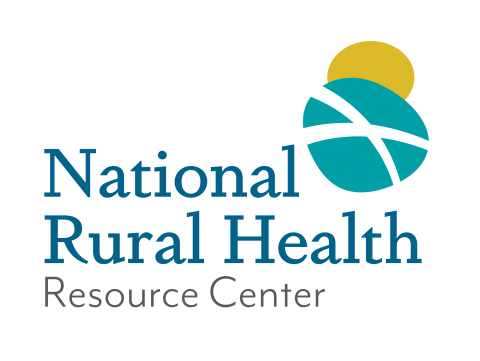This data represents the most current publicly available information sources that are commonly used to study health care trends. The data is derived from the data sources listed below and combined to support the analysis.
Health Resources and Services Administration (HRSA) Area Health Resources File (data released 2022)
State: The abbreviated name of the state where the county is located.
County: The name of the county where the information was collected. County names are listed as provided on the United States Census Bureau's list of 2020 FIPS Codes for Counties and County Equivalent Entities.
Population Type: The population type is determined based on the population size of a specific county. The population types include metro, nonmetro cities, and nonmetro towns. These types are adapted from the rural-urban commuting area codes (RUCA) and core-based statistical areas (CBSA) definitions of rural and urban. The population types for counties are defined as follows:
- Metro - A population of 50,000 or more
- Nonmetro cities - A population between 2,500 and less than 50,000
- Nonmetro towns - A population of less than 2,500
Primary HPSA: A county that is considered to have a shortage of primary care physicians including doctors of medicine (M.D.) and doctors of osteopathy (D.O.) providing direct patient care who practice principally in one of the four primary care specialties-general or family practice, general internal medicine, pediatrics, and obstetrics and gynecology. This variable has three possible values:
- None = None of the county designated as a shortage area;
- Partial = The whole county designated as a shortage area;
- Whole = One or more parts of the county designated as a shortage area.
Mental Health HPSA: A county that is considered to have a shortage of mental health professionals including psychiatrists, clinical psychologists, clinical social workers, psychiatric nurse specialists, and marriage and family therapists. This variable has three possible values:
- None = None of the county designated as a shortage area;
- Partial = The whole county designated as a shortage area;
- Whole = One or more parts of the county designated as a shortage area.
Hospital Admissions: The number of patients, excluding newborns, accepted for inpatient service during the reporting period. The number includes patients who visit the emergency room and are later admitted for inpatient services. Neonatal and swing admissions are included.
Readmission Rate: This Medicare Beneficiary Fee-For-Service Hospital Readmission Rate is the percent of inpatient readmissions within 30 days of an acute hospital stay during the reference period.
Preventable Hospital Stays Rate: The hospital discharge rate for ambulatory care-sensitive conditions per 100,000 fee-for-service Medicare enrollees. This measure is age-adjusted.
Hospital Beds: The number of beds regularly maintained (set up and staffed for use) for inpatients as of the close of the reporting period.
FTEs: The number of full-time personnel plus one-half the number of part-time personnel.
Inpatient Days: The number of adult and pediatric days of care, excluding newborn days of care, rendered during the entire reporting period. Neonatal and swing admissions are included.
Emergency Department Visits: The total count of inpatient or hospital outpatient emergency department visits.
Outpatient Visits: The total count of hospital outpatient visits, which consists of emergency visits, other visits (including clinic and referred visits), and total visits. An outpatient visit is defined as a visit by a patient not lodged in the hospital while receiving medical, dental, or other services.
Population Size: The total number of individuals residing in the county. The data is derived from the Census Population Estimates from 2021.
Percent in Poverty: The rate of individuals in the county with a total family income less than the poverty threshold appropriate for that family.


